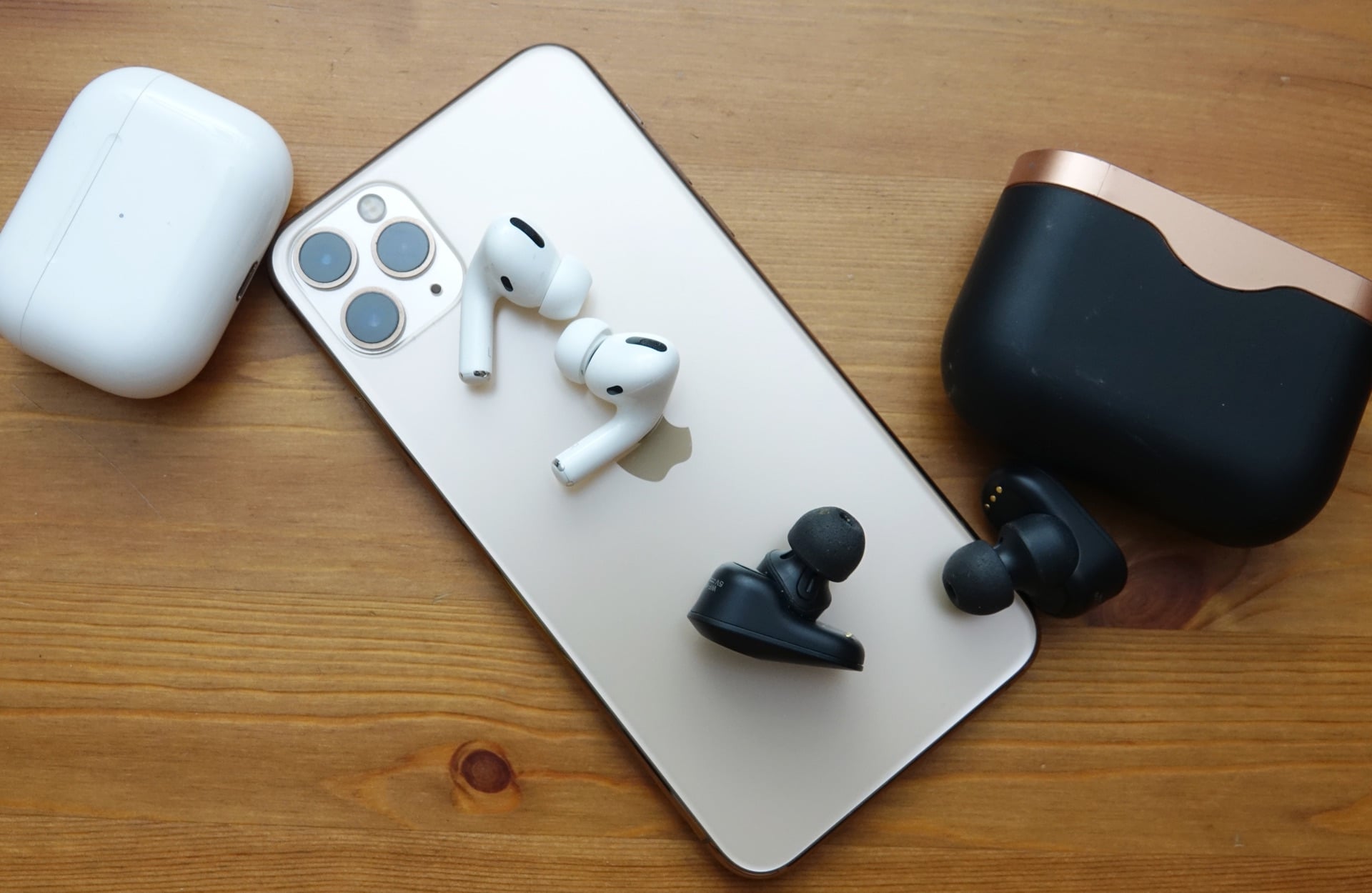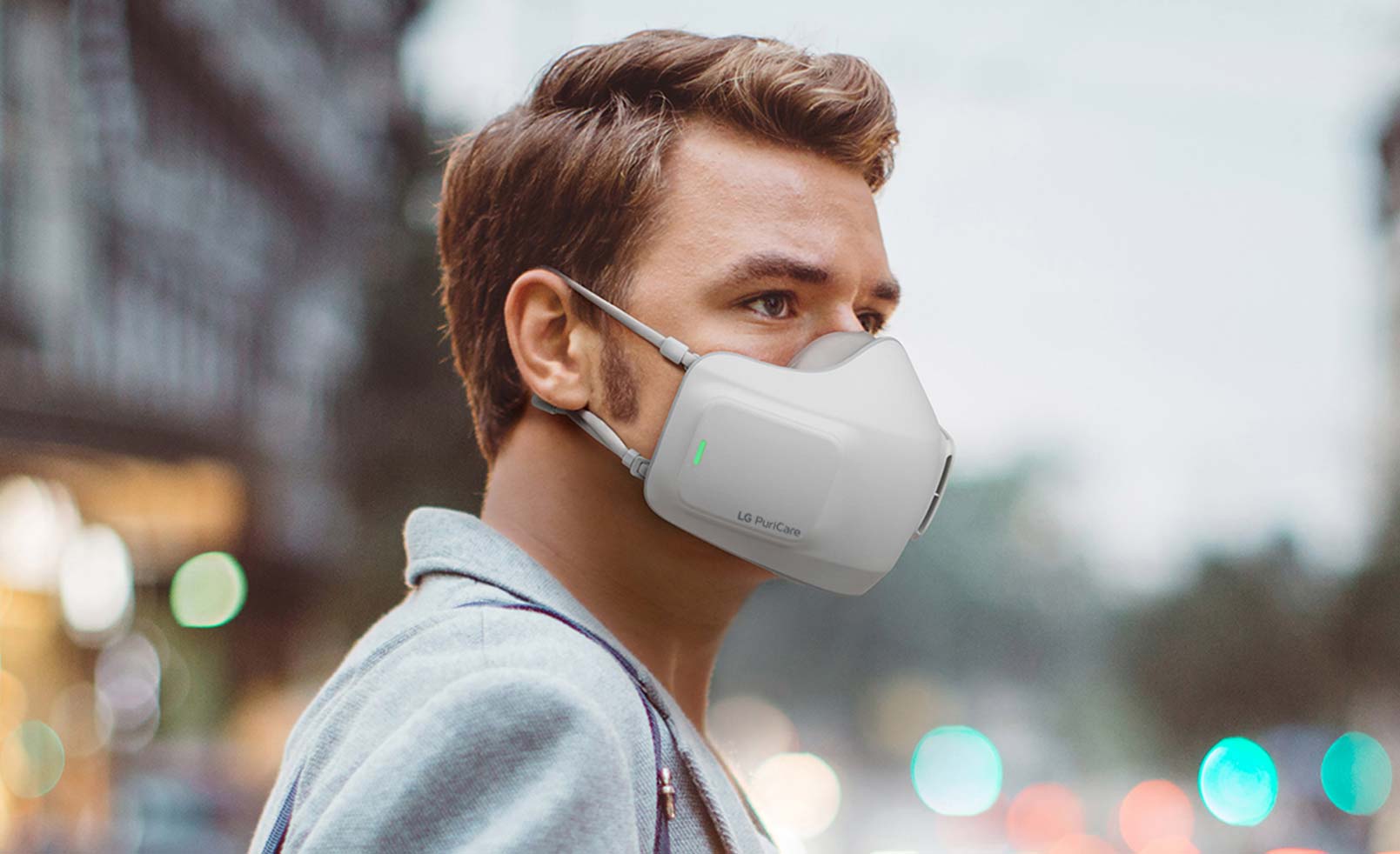What tech trends can you expect to hear about this year? We’re citing a few, because some stand out more than others.
There are some things that are consistent every year. We’re going to see new phones, plenty of new computers, an assortment of cameras and headphones and speakers and TVs and other gadgets, too.
That’s something of a given regarding its release schedule, because there will be new products, but the trends that perhaps inspire and shape, those might be less predictable.
So what can you expect in 2021? What tech trends do we think will matter this year? Ranging from mobile to health to staying at home and more, here are seven trends we think will make an impact on technology in 2021.
5G for all
Our trends to watch in 2021 start with 5G, which has also made an appearance in our look at trends both last year in 2020 and the year before in 2019. In both of those years, 5G will still largely in its beginnings, but in 2021, it’s a little more experienced.
In the past year, we’ve seen a lot of 5G, even if not everyone has been out and about to take advantage of what 5G has to offer. The high-speed connectivity technology trickled from the high-end to the mid-range, and more mobiles were able to jump on. Apple launched 5G in four phones in 2021, and all three of Australia’s major telcos have 5G, with the tech even trickling to some of the other operators, the Mobile Virtual Network Operators often known as “MVNOs”.
So 5G is out there, and it’s hardly green. It’s still new, but like how a puppy is still a puppy a year or two into existence, 5G is still new. Ish.
This year, though, you can expect that new technology to become a little more standard and adopted by others, as 5G begins to push past the $500 mark offered in the mid-range to something lower. We suspect this might top out at around $299 in Australia, a part of the market that saw NFC and Google Pay arrive in 2020, and if 5G managed to drop to this, it would begin to see even more adoption of the mobile technology.
Foldables take (more) shape
Next up is foldables, another technology that has popped up on our trend lists before. This area has had a slower start than we expected, but players like Samsung, Motorola, and Lenovo (which owns Motorola) have clearly been talking about new gear, while other companies such as Oppo and TCL have talked up some of the technology being worked on.
In 2021, we’re expecting to see more than just the foldable phones you’ve probably heard of, with a few more companies dabbling with ideas in the laptop space. Lenovo has already had a play, and we expect more brands will show us their take on the foldable computer, as bendable and hinge-based screens allow laptops to offer big screens in a smaller form-factor.
Don’t expect the assortment of foldables to be inexpensive, though. This technology is brand new, and does something whiz-bang-cool, so hefty prices will pretty much be a given.
Great portable sound is democratised
While a big price will typically give you something good, that’s not always the case. Technology isn’t always known to deliver quality across the board, but we think in at least one area, that might change shortly.
In the world of portable audio, we’re expecting that the arrival of excellent chips will make portable audio even better for most price points, except maybe the ones that are so cheap, you could buy a Macca’s meal with them or coffees for your friends.
Think the $100 mark and above, because thanks to the assortment of audio chips being made by folks such as Qualcomm, we suspect we’re going to hear more about great quality sound across more price points in earphones and headphones, effectively catering for a more democratised approach to personal and portable audio.
More from home
There’s no denying that 2020 was a strange year, and it’s one we still haven’t managed to entirely get over the effects of, even though we’ve jumped into a new one. Thanks coronavirus.
But while many things have changed in the past year, one will likely be sticking around for some time to come: working from home.
Yes, that initialise many of us have become used to — WFH — is here to stay, as working from home also breeds more from home in general. Get used to that Zoom call, that Teams meeting, the Google Meet hangouts space, and any other number of virtual places to conduct your business, because this is the new norm.
Hell, it’s even how we’re doing CES this year, as the all-digital CES kicks off in 2021 instead of being physically in Las Vegas for some pretty obvious reasons.
However working from home is just the beginning.
There’s shopping from home, with deliveries and couriers up, and you possibly going in store down, at least until this whole thing calms down. You’ll be consuming more movies from home, too, as film distributors struggle to work out how to get people back to the cinemas amidst social distancing. Some of that entertainment will even be made from home, something MTV’s Catfish has attempted quite well recently.
And there’s also the possibility of medical appointments from home, too. For parts of the world, that’s already started to happen via phone call, but thanks to the idea and advent of telehealth technologies, that could change there, too. For this to work, you’d effectively be arming yourself with a health gadget that can check out your vitals, and then send them to your doctor where they would then go through them with you over a video chat, something we’re all pretty well familiar with.
Wearables go beyond health tracking
Another thing the pandemic has brought may stick around for a little longer in 2021, with a new kind of wearable. While smartwatches and smartbands may have been used to track your health and monitor your fitness for over five years, there’s a good chance the next breed of wearables will take point from what’s happening in the world.
Specifically, the next type of wearable may well be about the monitoring your vitals amidst the pandemic, and indeed filtering the air to let you continue working through it.
Smart clothes and skin sensors could well provide a way to track temperature and vital signs, while small sensors may provide a way to detect breathing issues, providing some extra data. We’re not quite sure how far away some of this is, and expect it will be more of a 2022 and beyond, but there is one wearable that we do expect to see more of in 2021: smart masks.
Last year, LG was one of first off the rank to show off a mask with an electric air filtration system, and we’ve definitely heard of Dyson dabbling around with something similar in the past, as well. While these have typically been built for smog, pollution, and filtering the hazardous particles you might inadvertently breathe in from a bush fire, we expect in 2021 that companies investing in this approach will look at small filters able to deal with some of what the coronavirus is providing.
Filtering viruses out is incredibly difficult, and due to their incredibly small size, not every filter is going to be able to do it. But armed with better filters and other technology, we may just see electronic filters become smart masks in 2021.
AI everywhere
What we definitely expect to see this year is more AI, and more insights coming off the back of technology using neural engines and machine learning.
While we’re not living in a world where robots are killing us all — thankfully for the Terminator fans, Skynet isn’t sitting at the root of everything — we are seeing more artificial intelligence rock up lately, and it’s in everything. You may not recognise it as such, but it’s in mobile chips, computer chips, and supported by a lot of apps out there.
AI can be used to augment the things we do in life, to make life easier for us, and that means technology essentially doing the boring stuff for us. Routines in applications are the things you’re not necessarily thinking of, looking through data and providing insights and trends about our information, and offering suggestions based on what we consume.
It will also be rolled out into our phones and cars, too, the former optimising our mobiles to provide better battery life based on our usage (something Google has been playing with in Android) and the latter to drive us from points A, B, and C (something Tesla has been toying with). With this in mind, you can expect AI everywhere in 2021, and possibly helping something you do without you realising it.
Scams and misinformation will rise
Frustratingly, one area will grow in 2021, giving rise to an aspect of tech that is hardly positive: more scams.
Yep, this one isn’t going away, and with scammers adapting new techniques over the past year to convince us their ploys are real, you can more or less expect misinformation to take over and affect how scams play out.
You can expect scammers to take note of trends in the world — those current events we can’t escape from — and you can likely imagine where this is going: coronavirus scams, not to mention scams based on remedies and cures for the condition affecting the world. Misinformation will rise, and people will likely share it without thinking too much about where it comes from, and that may give scammers a bit more of a podium to push their con jobs from.
In 2021, it will likely become even more important to take what you hear from random sources with a grain of salt, because scammers and con-artists will be doing everything they can to convince you of the legitimacy of what they preach in an attempt to get money out of you, whether it’s by way of a text message purporting to be important, an email with a phishing link to an apparently authentic source, or calling you up with an automated voice message about something a scammer wants to trick you about.
By the end of 2020, Australia’s Scamwatch reported receiving over 5000 scams related to the coronavirus, and you can bet that number will rise. With vaccines now coming out, it doesn’t take much imagination to see what scammers will be targeting next, so if you get a message suggesting you can pay your way for a vaccine jab, you can expect it’s a scam.
While we can’t predict the variety of scams expected to happen, nor can we entirely nail just how much misinformation there will be, much like it is normally, best to be wise and keep your wits about you, because scams are a multimillion dollar business, and you’ll need to be aware if you don’t want to get caught.













